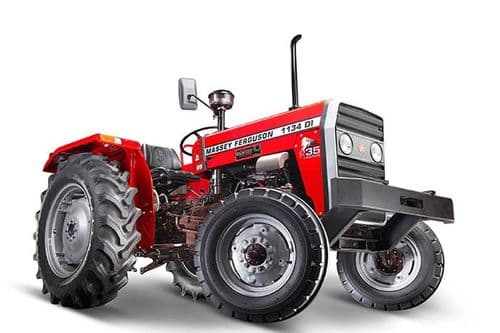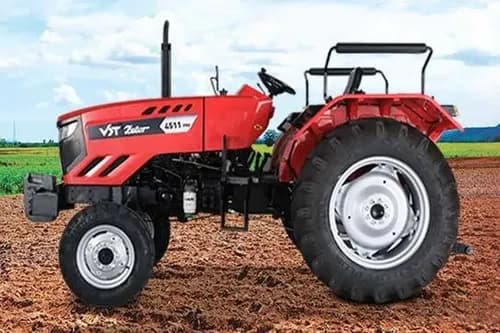Ad
Ad
How Intercropping Can Help Sugarcane Farmers Increase their Income

One of the biggest challenges faced by sugarcane farmers is the delay in payments from sugar mills after they sell their crops. Sometimes, farmers have to wait for several months to receive their money. Although the situation has improved in recent years, this issue still remains a concern for many farmers.
Also Read: Farmer's Guide to Controlling Pokka Disease in Sugarcane
To tackle this, farmers can adopt the method of intercropping in sugarcane farming, which allows them to grow other crops alongside the sugarcanes. By doing this, they can earn an additional income from the companion crops, ensuring that they don’t rely solely on the payment from the sugar mills.
Vegetable farming is particularly a profitable venture as the vegetables grow quickly and also provide a good return on the investment. Many farmers have already started using this technique and are seeing a significant improvement in their earnings. With farm sizes shrinking over time, intercropping offers a smart solution by making better use of the available land. In this way, farmers can maximize their production and income from smaller areas of farmland.
What is Intercropping?
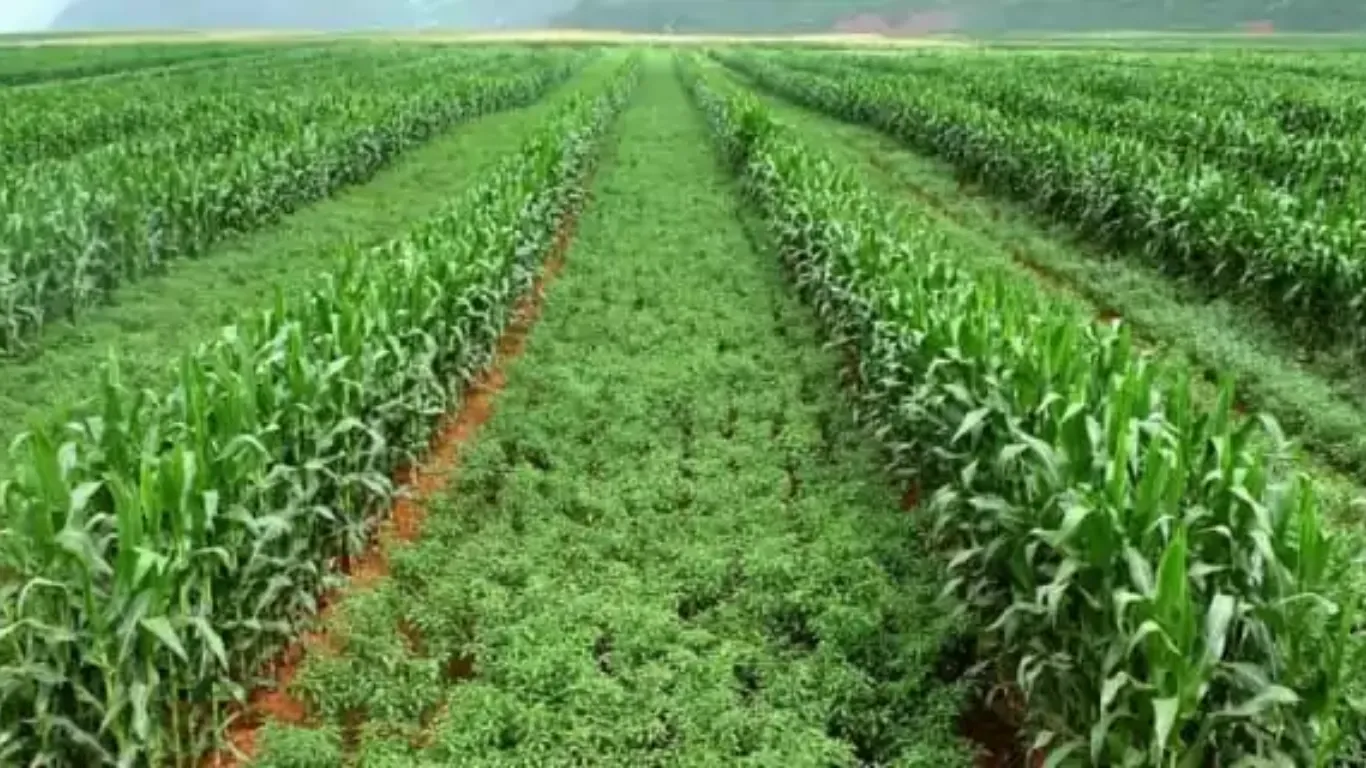
Intercropping is a simple farming method where two or more crops are grown in the same field at the same time. The crops are planted in separate rows, with the main crop and a companion crop. A common example of intercropping is growing peanuts with cotton or maize with beans. The biggest advantage of intercropping is that it allows for the crops to share the same nutrients in the soil, reducing the need for additional fertilizers. It also helps in pest control, as some crops naturally repel pests that may harm other crops. Moreover, the fertility of the soil remains intact, which is also important for long-term farming success.
Income Potential from Sugarcane Intercropping
The Indian Sugarcane Research Institute (ISRI) in Lucknow has done studies that show farmers can earn an additional ₹50,000 to ₹1 lakh by cultivating winter vegetables along with autumn sugarcane. The key to this success is choosing the right vegetables and using the proper farming methods. With careful planning and selection, farmers can benefit from the short growth cycles of vegetables, which allows them to earn money faster compared to waiting for the sugarcane to mature.
Also Read: Dragon Fruit Cultivation in India: Profitable Farming with Health Benefits
How to Maximize Profits from Sugarcane Farming
Sugarcane is known to be a long-term crop that takes time to mature. However, during the waiting period, farmers can grow vegetables in the space between the sugarcane rows. This will provide them with an additional source of income at a lower cost because they won’t have to spend extra money on things like irrigation, fertilizers, or pesticides. The care given to the sugarcane will also benefit the vegetables growing alongside it. By doing this, farmers can save money on inputs while still increasing their overall income.
Vegetable farming is particularly advantageous because vegetables typically grow faster than sugarcane. As a result, farmers can sell their vegetables in local markets and can get quick cash payments. This extra income can then help cover the immediate expenses while waiting for the sugarcane harvest. By earning money from both sugarcane and vegetables, farmers can achieve a more stable income and reduce their reliance on sugar mills for payment.
Vegetable Cultivation with Sugarcane
In sugarcane farming, the rows of sugarcane are usually spaced about 90 cm apart. This provides enough space for farmers to plant vegetables in between the rows. By utilizing this space, farmers can earn an extra ₹50,000 to ₹1 lakh per acre in just three to four months.
Also Read: Carbon Farming in India: Sustainable Agriculture for Climate Change Mitigation and Soil Health
Potato Intercropping with Sugarcane
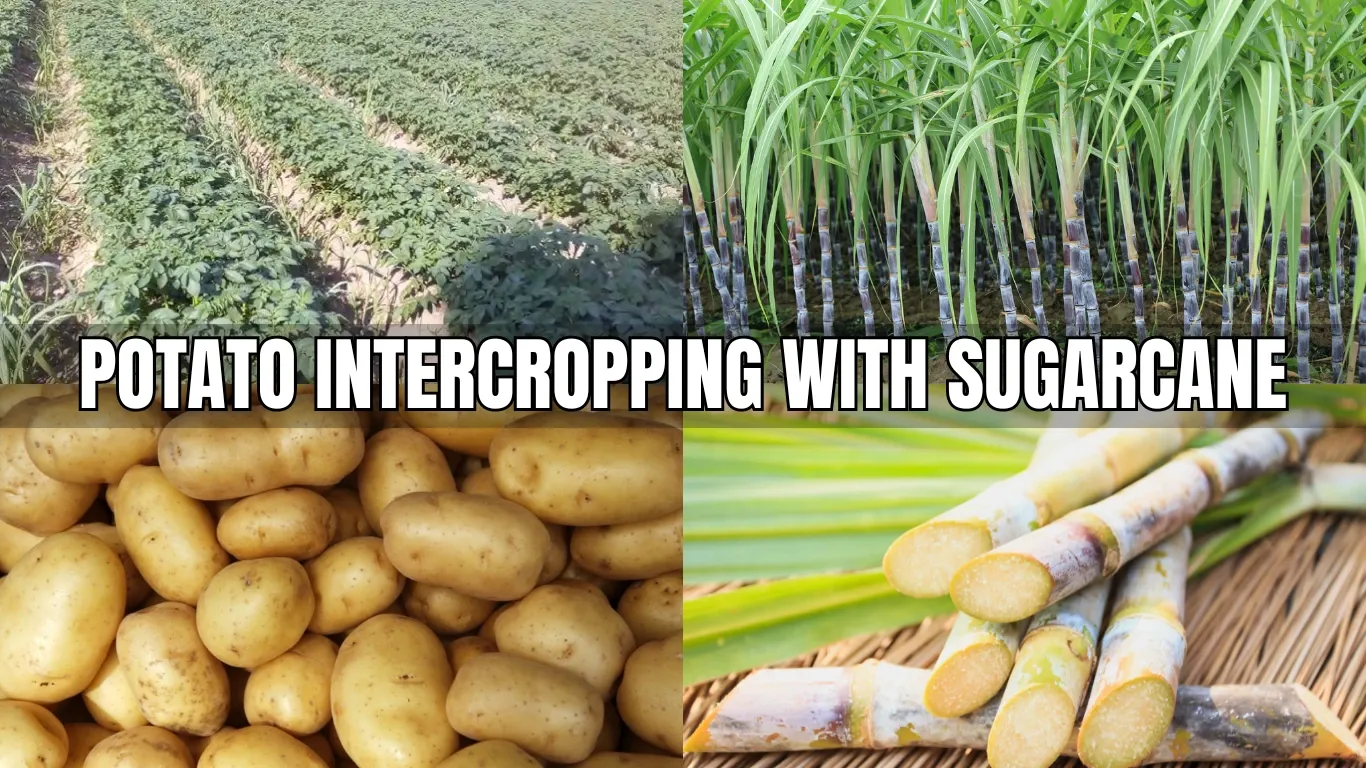
One popular intercropping method is to grow potatoes with sugarcane. To do this, farmers need around 8 quintals of potato seeds per acre. Two rows of potatoes can be planted between the sugarcane rows. By using this method, farmers can expect to harvest about 100 quintals of potatoes per acre, which can then be sold for extra income. This technique is particularly beneficial because potatoes grow quickly and can be sold before the sugarcane is ready for harvest.
Intercropping of Onion and Garlic Cultivation with Sugarcane
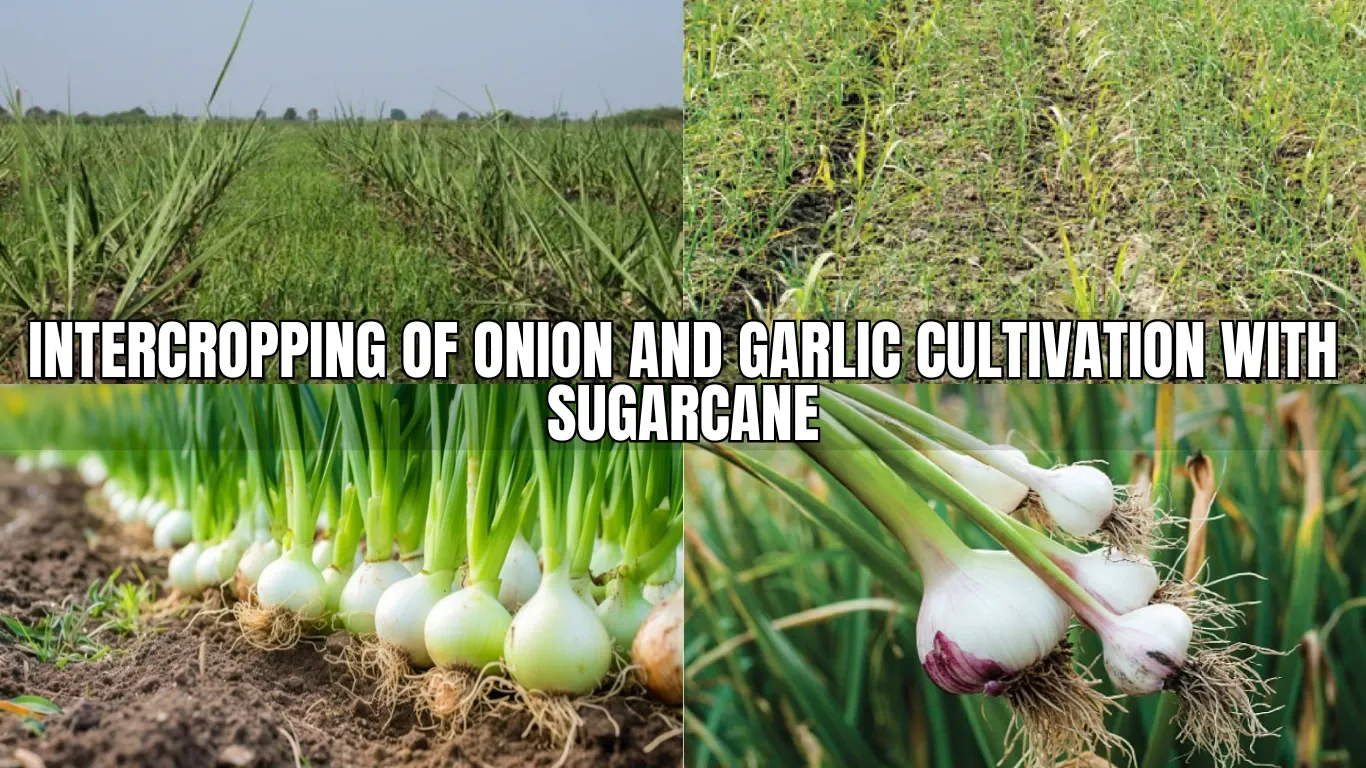
Farmers can also intercrop onions and garlic with sugarcane, which are some of the high-demand crops and provide good returns:
- Onions: For onion intercropping, farmers need about 3 kg of onion seeds per acre. Two rows of onions can be planted between the sugarcane rows. Farmers can expect a yield of 80 to 100 quintals of onions per acre. Onions are a high-value crop, and their quick growth means that farmers can sell them for immediate cash flow.
- Garlic: Similarly, garlic can also be grown with sugarcane. Farmers will need about 180 kg of garlic seeds per acre. Three rows of garlic can be planted between the sugarcane, and this can produce a yield of 20 to 30 quintals of garlic per acre. Garlic is a popular crop that is in demand year-round, making it a profitable choice for farmers.
Intercropping of Cauliflower and Cabbage with Sugarcane
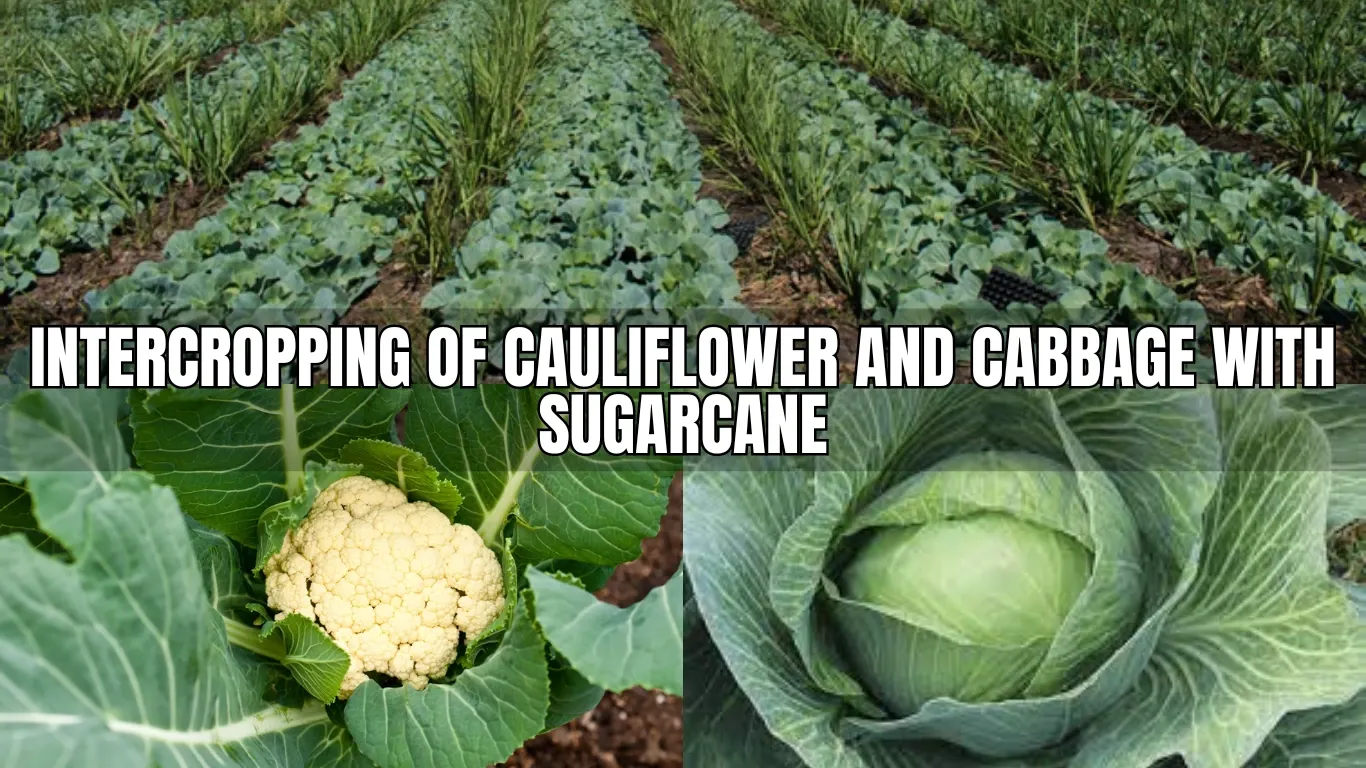
Another option for sugarcane intercropping is cauliflower and cabbage. These vegetables grow well in cooler climates and are widely consumed:
- Cauliflower: Farmers will need around 200 grams of cauliflower seeds per acre to intercrop with sugarcane. One row of cauliflower can be planted between the sugarcane rows. This can yield around 100 to 110 quintals of cauliflower per acre, providing a good return on investment.
- Cabbage: Like cauliflower, cabbage can also be grown with sugarcane. Farmers would need about 200 grams of cabbage seeds per acre, and a single row can be planted between the sugarcane rows. This can produce around 100 to 110 quintals of cabbage per acre.
Intercropping of Kidney Beans with Sugarcane
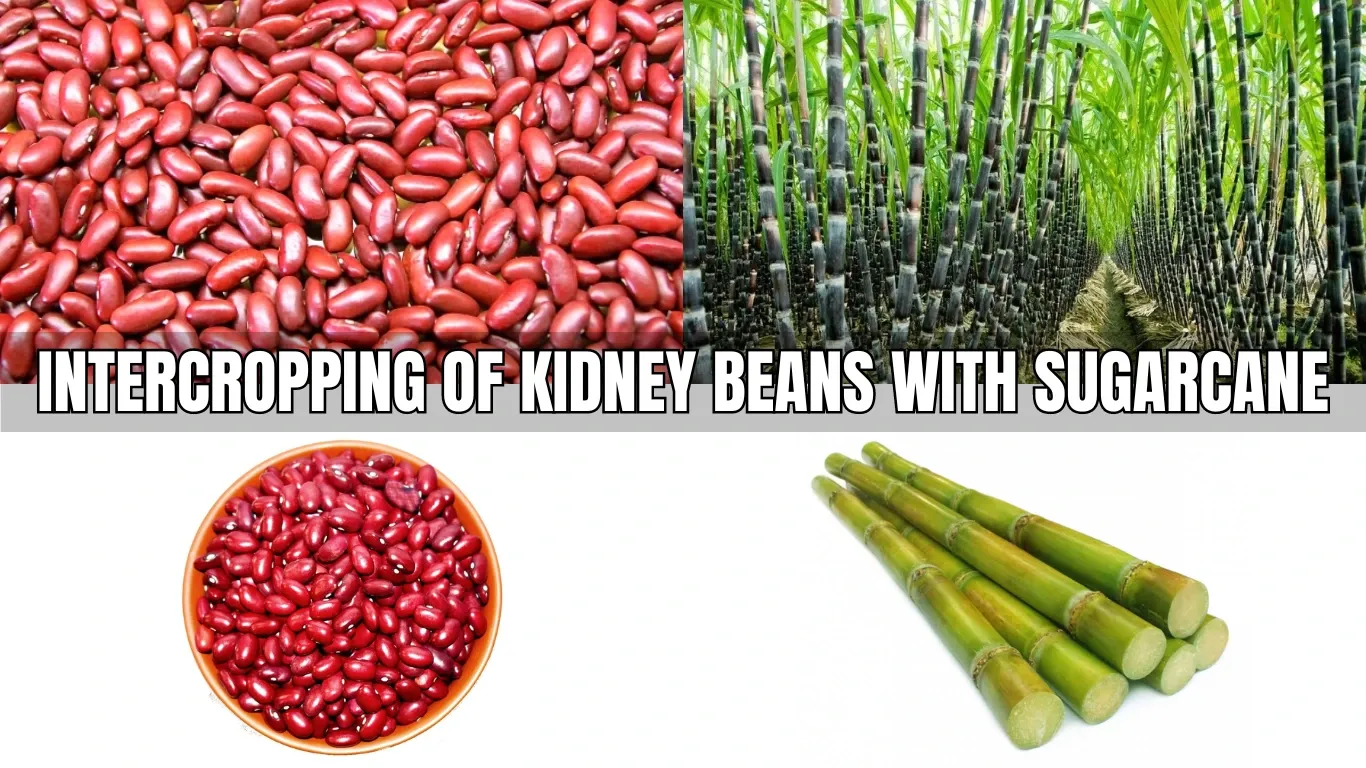
Farmers can also increase their income by growing kidney beans with sugarcane. Kidney beans are a nutritious and popular crop, and they grow well alongside sugarcane. Farmers will need about 30 kg of kidney bean seeds per acre. Two rows of kidney beans can be planted between the sugarcane rows. This can yield around 80 to 100 quintals of kidney beans per acre, providing another source of extra income.
Important Tips for Sugarcane Intercropping
When intercropping sugarcane, it’s essential to choose the right planting method. The most common methods for sugarcane sowing are the flat method, furrow method, pit method, and drain method. Of these, the drain method and pit method are the most popular for intercropping. In the drain method, 30 cm wide and deep drains are dug, and the sugarcane is sown in them. This leaves enough space for companion crops.
Another effective method is the sugarcane plant planting technique, where farmers first grow sugarcane plants in a nursery and then transfer them to the field. This method is particularly useful for intercropping, as it allows for better control over spacing and plant growth.
By adopting these intercropping techniques, sugarcane farmers can significantly increase their income while making better use of their land. Not only does intercropping help in utilizing available space, but it also reduces the risk that's associated with depending solely on one crop for income. With the additional earnings from companion crops, farmers can achieve greater financial stability and better support their families.
Also Read: Pradhan Mantri Kisan Samman Nidhi (PM-KISAN): A Comprehensive Guide
CMV360 Says
Intercropping with sugarcane is an effective way for farmers to increase their income and make better use of their land. By growing vegetables like potatoes, onions, or garlic alongside sugarcane, farmers can enjoy faster returns, reduce risks, and achieve greater financial stability.
Features & Articles
Comprehensive Guide to Tractor Transmission System: Types, Functions, and Future Innovations
Learn about tractor transmission types, components, functions, and selection factors to enhance efficiency, performance, and agricultural productivity....
12-Mar-25 09:14 AM
Read Full NewsModern Tractors and Precision Farming: Transforming Agriculture for Sustainability
Precision farming enhances agriculture by integrating GPS, AI, and modern tractors for sustainable, efficient, and productive farming practices in India....
05-Feb-25 11:57 AM
Read Full NewsTop 10 Tractors Under 30 HP in India 2025: Guide
Top 10 tractors under 30 HP in India offer efficiency, affordability, and power, ideal for small farms with diverse agricultural needs....
03-Feb-25 01:17 PM
Read Full NewsNew Holland 3630 TX Super Plus vs Farmtrac 60 PowerMaxx: Detailed Comparison
Compare New Holland 3630 and Farmtrac 60 tractors by specs, price, and features to find the perfect fit for your farm....
15-Jan-25 12:23 PM
Read Full NewsSwaraj 735 FE Vs Eicher 380 2WD Prima G3: Detailed Comparison
The Swaraj 735 FE and Eicher 380 2WD Prima G3 are reliable, powerful tractors suited for various farming tasks....
14-Jan-25 09:41 AM
Read Full NewsHow to Choose the Perfect Tractor for Your Farm: A Comprehensive Guide
Choose the right tractor by assessing farm needs, horsepower, efficiency, comfort, and budget to enhance productivity and savings....
09-Jan-25 09:43 AM
Read Full NewsAd
Ad
As featured on:


Registered Office Address
Delente Technologies Pvt. Ltd.
M3M Cosmopolitan, 12th Cosmopolitan,
Golf Course Ext Rd, Sector 66, Gurugram, Haryana
pincode - 122002













